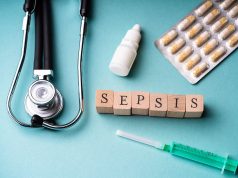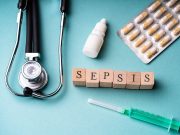Each doubling of perfluoroheptanesulfonic acid linked to 9 and 17 percent higher risk for elevated BP at ages 6 to 12, 13 to 18 years, respectively, in male children
By Elana Gotkine HealthDay Reporter
MONDAY, June 16, 2025 (HealthDay News) — Prenatal exposure to specific perfluoroalkyl and polyfluoroalkyl substances (PFAS) is associated with offspring blood pressure (BP) through age 18 years, according to a study published online June 12 in the Journal of the American Heart Association.
Zeyu Li, M.S.P.H., from the Johns Hopkins Bloomberg School of Public Health in Baltimore, and colleagues measured PFAS in maternal plasma collected 24 to 72 hours after delivery and extracted children’s BP from medical records for children aged 3 to 18 years.
A total of 13,404 BP measurements from 1,094 children were included in the study. The researchers found associations for higher perfluorodecanoic acid (PFDeA), perfluorononanoic acid, and perfluoroundecanoic acid with higher systolic BP percentiles. Differences were seen in these associations by child life stage, sex, race, and ethnicity. For example, older (6 to 12 and 13 to 18 years), male, and Black children had stronger associations of PFDeA with systolic BP percentile. Each doubling of perfluoroheptanesulfonic acid (PFHpS) was associated with a 9 and 17 percent higher risk for elevated BP at ages 6 to 12 and 13 to 18 years, respectively, in male children, with no increased risk seen at age 3 to 5 years. A dose-dependent divergence in BP trajectories was seen beginning at 13 years in association with PFHpS.
“Our study shows that prenatal PFAS exposure is associated with higher blood pressure later in childhood, especially during adolescence,” Li said in a statement. “This suggests these forever chemicals can have long-lasting and potentially harmful effects that may only become apparent years after birth.”
Copyright © 2025 HealthDay. All rights reserved.



















